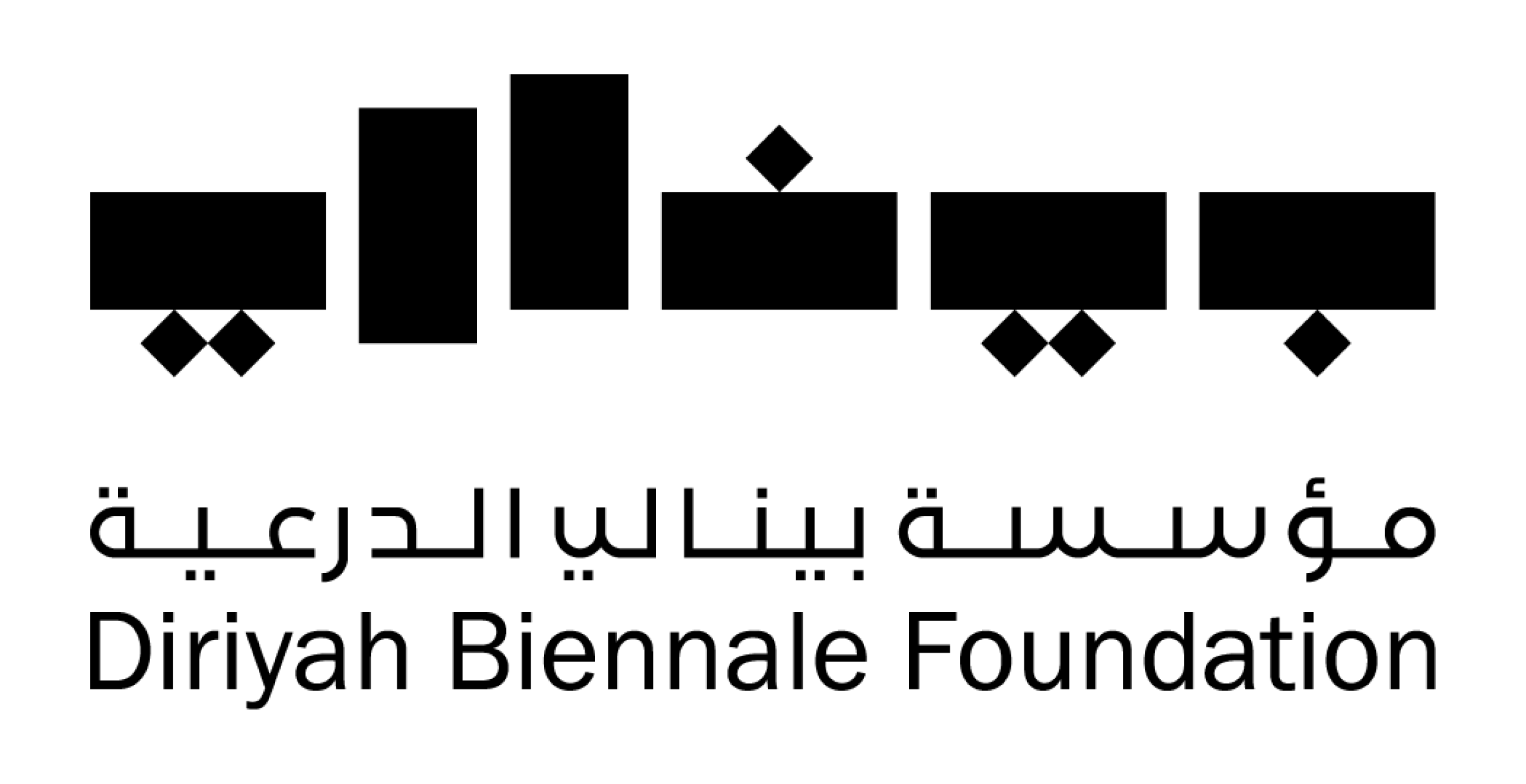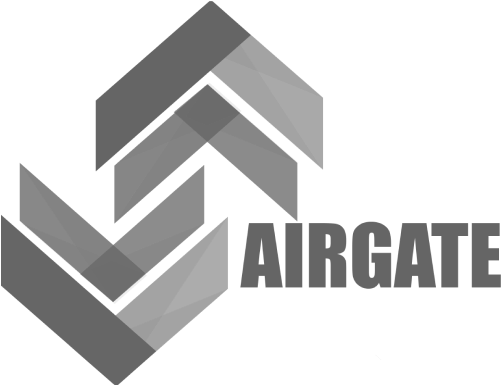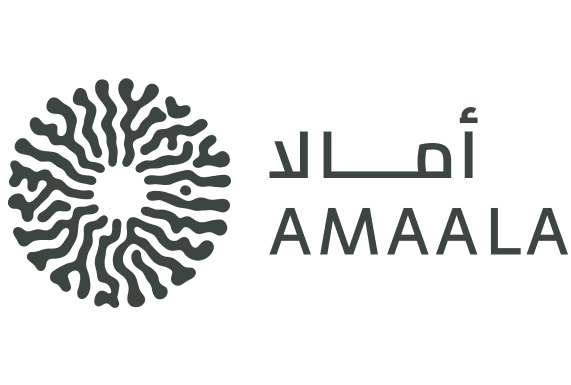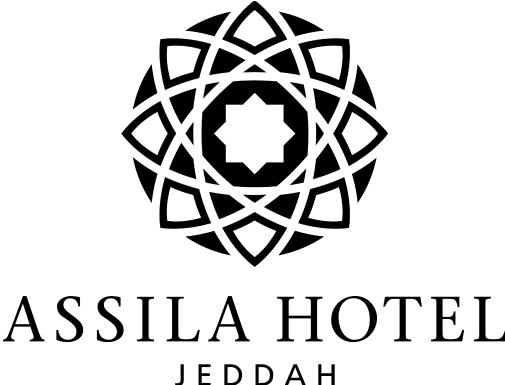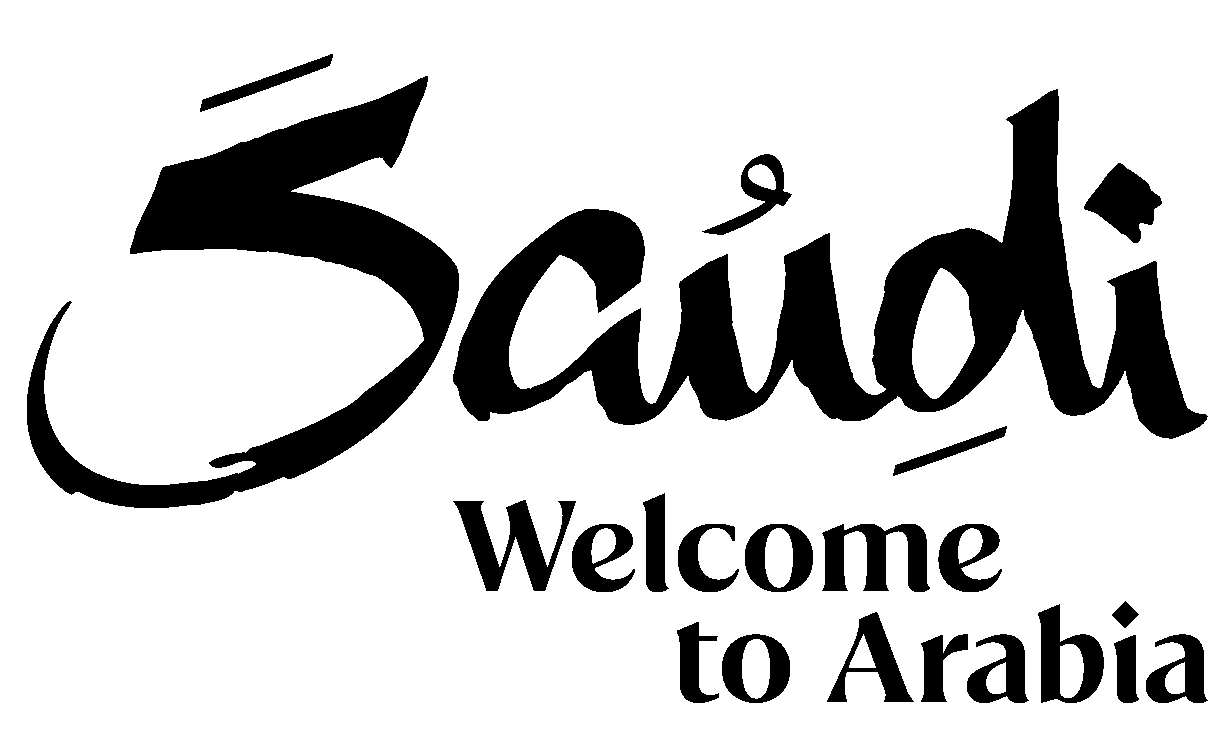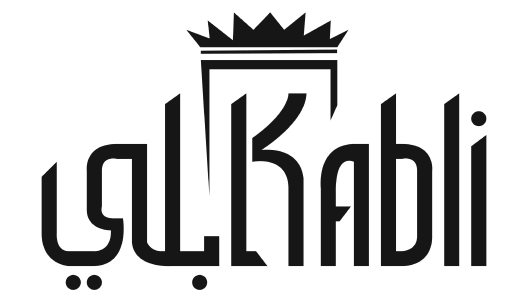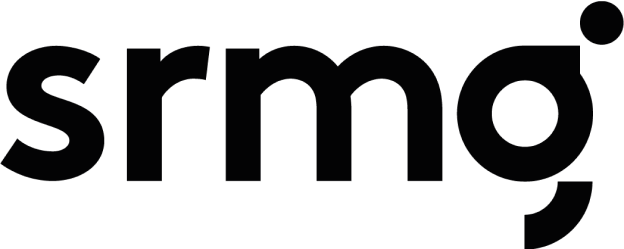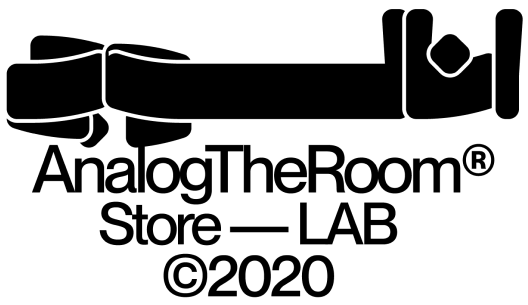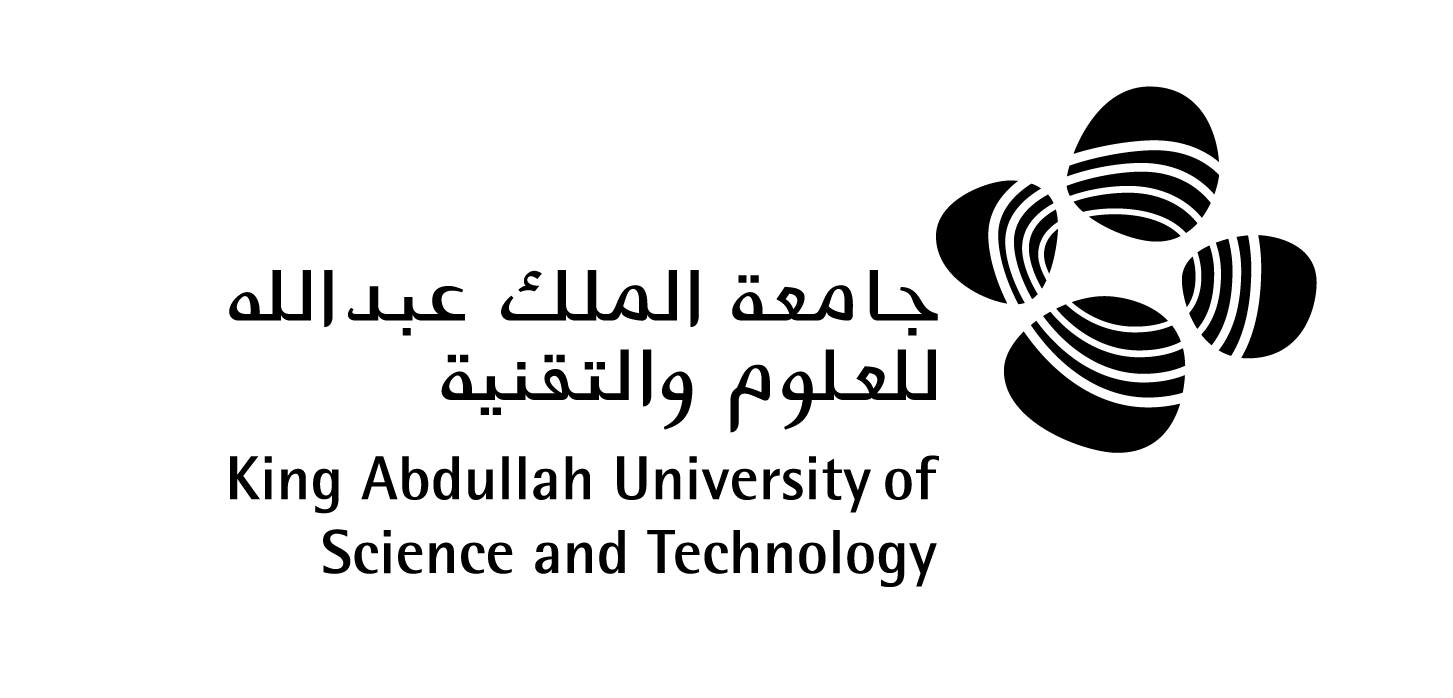GO BACK
25 January - 25 May, 2025
Islamic Arts Biennale 2025
The Islamic Arts Biennale 2025 provides a holistic platform for new discourse about Islamic arts, offering an unparalleled space for learning, research, and insight. By juxtaposing contemporary and newly commissioned artworks with historical objects from Islamic cultures, the Biennale explores how faith is experienced, expressed, and celebrated through feeling, thinking, and making. It offers a unique platform for artists to explore themes of spirituality, identity, and the intersection of past and present, while fostering cross-cultural connections and expanding the global understanding of Islamic art and culture.
Check the Archive






2025 Edition
And All That Is In Between: The Second Edition of the Islamic Arts Biennale
"Exploring Faith Through Feeling, Thinking, and Making"
And All That Is In Between is a phrase that appears multiple times in the Quran: “And God created the Heavens and the Earth and all that is in between.” It encapsulates the vast and awe-inspiring scope of God’s creation as experienced by humankind. The 2025 Islamic Arts Biennale draws inspiration from this verse, presenting a profound exploration of how faith is lived, expressed, and celebrated. Spanning five exhibition halls and outdoor spaces, the Biennale showcases over 500 historical objects and contemporary artworks, inviting visitors to reflect on the divine's wonders and humankind's connection to it. In its second edition, the Islamic Arts Biennale expands significantly, featuring more works and a broader range of participating institutions. This growth establishes the Biennale as a global hub for Islamic arts, uniting treasures from renowned institutions worldwide. From Tunis to Tashkent and Timbuktu to Yogyakarta, the exhibition highlights Islamic arts' rich heritage and dynamic present. Iconic institutions such as the Louvre Museum (Paris), Victoria and Albert Museum (London), and Museum of Islamic Art (Doha) have contributed invaluable pieces. Other notable participants include the Ahmed Baba Institute (Timbuktu), Süleymaniye Library (Istanbul), and Saudi Arabia’s leading cultural centers like Ithra (Dhahran) and the King Fahad National Library (Riyadh). Visitors will also have the rare opportunity to view sacred objects from the holy sites of Makkah and Madinah, deepening the Biennale’s spiritual resonance and fostering dialogue and collaboration across cultures.

The Curators
Curatorial Framework
The Islamic Arts Biennale consists of seven unique components (AlBidayah, AlMadar, AlMuqtani, AlMidhallah, AlMukarramah, AlMunawwarah, and AlMusalla) spread out through different galleries and outdoor spaces, across 100,00 square meters of dedicated exhibition space.
Within the galleries and beneath the canopy of the Western Hajj Terminal, the Islamic Arts Biennale can be experienced as several separate but complementary zones of exploration. The first, called AlBidayah (“The Beginning”), invites us to contemplate the sacred—how it can be approached through the material objects associated with it while nevertheless remaining beyond our understanding. In keeping with Jeddah’s role as a gateway to Islam’s holy cities, the opening galleries will display artifacts from Makkah al-Mukarramah and Al-Madinah al-Munawwarah. As visitors progress through the exhibition, they will encounter contemporary works of art that create a serene space aiming to invite awareness of the greater spiritual truth beyond the physical realm.
AlMadar (“The Orbit”) promotes collaboration and dialogue between institutions with significant collections of Islamic art around the world. Institutions from over 21 countries will present selected objects at the Islamic Arts Biennale. Objects that represent celestial navigation, the mapping of oceans and rivers, and mathematical calculations demonstrate how Muslim cultures have used numbers to comprehend God’s creation and to bring order, symmetry, and beauty into daily life. The historical objects in AlMadar are complemented by contemporary artistic commissions that emphasize the universal, timeless nature of numbers and how they continue to play an important role in Islamic arts and cultures.
LIST OF PARTICIPATING INSTITUTIONS
The David Collection (Copenhagen, Denmark); the Museum of Islamic Art (Cairo, Egypt); The Al Thani Collection (Paris, France); the Louvre Museum (Paris, France); the Benaki Museum (Athens, Greece); National Library of Indonesia (Jakarta, Indonesia); the State Museum of West Nusa Tenggara (Mataram, Indonesia); Sonobudoyo Museum (Yogyakarta, Indonesia); the Bruschettini Foundation for Islamic and Asian Art (Genoa, Italy); Dar al-Athar al-Islamiyyah, al-Sabah Collection (Kuwait City, Kuwait); the Ahmed Baba Institute of Higher Learning and Islamic Research (Timbuktu, Mali); the National Museum - Sultanate of Oman (Muscat, Oman); the Khalidi Library (Jerusalem, Palestine); Calouste Gulbenkian Museum (Lisbon, Portugal); the Maritime Museum (Lisbon, Portugal); the Museum of Islamic Art (Doha, Qatar); the Qatar National Library (Doha, Qatar); the King Abdulaziz Center for World Culture (Ithra) (Dhahran, Saudi Arabia); the King Abdulaziz Complex for Endowment Libraries (Madinah, Saudi Arabia);
King Fahad National Library (Riyadh, Saudi Arabia); the Trust for the Alhambra and Generalife, Alhambra Museum (Granada, Spain); Institute of Valencia de Don Juan (Madrid, Spain); the National Archaeological Museum (Madrid, Spain); National Heritage Institute (Tunis, Tunisia); the Manuscript Institution of Türkiye (Istanbul, Türkiye); the King’s Foundation School of Traditional Arts (London, United Kingdom); the Victoria and Albert Museum (London, United Kingdom); the Bodleian Libraries (Oxford, United Kingdom); the History of Science Museum, University of Oxford (Oxford, United Kingdom); the Hispanic Society Museum and Library (New York, United States); the Abu Rayhan Biruni Institute of Oriental Studies and the Muslim Board of Uzbekistan, of the Art and Culture Development Foundation Uzbekistan (Tashkent,
Uzbekistan); and the Vatican Apostolic Library (Vatican City).
LIST OF PARTICIPATING INSTITUTIONS
The David Collection (Copenhagen, Denmark); the Museum of Islamic Art (Cairo, Egypt); The Al Thani Collection (Paris, France); the Louvre Museum (Paris, France); the Benaki Museum (Athens, Greece); National Library of Indonesia (Jakarta, Indonesia); the State Museum of West Nusa Tenggara (Mataram, Indonesia); Sonobudoyo Museum (Yogyakarta, Indonesia); the Bruschettini Foundation for Islamic and Asian Art (Genoa, Italy); Dar al-Athar al-Islamiyyah, al-Sabah Collection (Kuwait City, Kuwait); the Ahmed Baba Institute of Higher Learning and Islamic Research (Timbuktu, Mali); the National Museum - Sultanate of Oman (Muscat, Oman); the Khalidi Library (Jerusalem, Palestine); Calouste Gulbenkian Museum (Lisbon, Portugal); the Maritime Museum (Lisbon, Portugal); the Museum of Islamic Art (Doha, Qatar); the Qatar National Library (Doha, Qatar); the King Abdulaziz Center for World Culture (Ithra) (Dhahran, Saudi Arabia); the King Abdulaziz Complex for Endowment Libraries (Madinah, Saudi Arabia);
King Fahad National Library (Riyadh, Saudi Arabia); the Trust for the Alhambra and Generalife, Alhambra Museum (Granada, Spain); Institute of Valencia de Don Juan (Madrid, Spain); the National Archaeological Museum (Madrid, Spain); National Heritage Institute (Tunis, Tunisia); the Manuscript Institution of Türkiye (Istanbul, Türkiye); the King’s Foundation School of Traditional Arts (London, United Kingdom); the Victoria and Albert Museum (London, United Kingdom); the Bodleian Libraries (Oxford, United Kingdom); the History of Science Museum, University of Oxford (Oxford, United Kingdom); the Hispanic Society Museum and Library (New York, United States); the Abu Rayhan Biruni Institute of Oriental Studies and the Muslim Board of Uzbekistan, of the Art and Culture Development Foundation Uzbekistan (Tashkent,
Uzbekistan); and the Vatican Apostolic Library (Vatican City).
AlMuqtani (“Homage”) recenters the visitor’s experience on the material world, recognizing the outstanding contribution that individual collectors have made to the appreciation and understanding of Islamic visual and material culture. It displays works of Islamic art from two collections, those of Sheikh Hamad bin Abdullah Al Thani and Rifaat Sheikh El Ard. The Al Thani Collection is characterized by a taste for precious materials and virtuosic artistry, with a particular focus on jeweled objects. The Furusiyyah Collection of Rifaat Sheikh El Ard is renowned for metalwork, especially works associated with chivalric culture across Islamic civilizations. With an emphasis on tangible beauty, AlMuqtani will present high points of creativity and craft from Islamic cultures around the world.
The outdoor spaces of AlMidhallah (“The Canopy”) will present a range of new commissions that respond to the theme of the garden in Islamic civilization. From ancient times until today, gardens have been places for repair, refreshment, and wonder. In Islamic cultures, the garden has been a way of expressing the position of humankind in relation to the earth and heavens. The artworks in this section are concerned with the natural world and respond to the culture of gardens while addressing contemporary social and environmental realities. Visitors follow a route through four quadrants that are meant to inspire reflection, learning, meditation, and social encounters.
The Kingdom of Saudi Arabia’s role as guardian of the holy cities will be recognized in the two permanent pavilions dedicated to these cities. The human stories told here will center on the contrasting characters and energies of Makkah al-Mukarramah (“The Honored”) and Al-Madinah al-Munawwarah (“The Illuminated”).
In 2024, the Diriyah Biennale Foundation launched a new international architectural competition that reflects the significance of the Islamic Arts Biennale’s location at the iconic Western Hajj Terminal. Celebrating innovative architecture, the AlMusalla Prize reimagines the future of spaces of worship in relation to Islamic Architecture Heritage—as modular, empowering, transient, and easily disassembled/reassembled spaces and structures. It not only pushes the paradigms on sustainable design and cutting-edge technology, but also seeks to emphasize on opportunities for dialogue and community building—reclaiming the true essence of a musalla space.
The Artists

And All That Is In Between
The Biennale presents new commissions from more than 30 artists from Saudi Arabia, the Arab World, and beyond. These commissions demonstrate the Diriyah Biennale Foundation’s work to offer a global stage for Saudi artists, and to bring artists from around the world to Saudi Arabia so that local audiences can encounter compelling practices and diverse perspectives in contemporary art.
View Artists List
The AlMusalla Prize

The AlMusalla Prize is an international architecture competition for designing a Musalla, a space for prayer and contemplation located at the Islamic Arts Biennale in the Western Hajj Terminal at King Abdulaziz International Airport in Jeddah, Saudi Arabia. The winning team was selected from a shortlist of renowned architects, including AAU Anastas (Palestine), Sahel AlHiyari (Jordan), Dabbagh Architects (Saudi Arabia/UAE), and Asif Khan (United Kingdom). The jury, chaired by Prince Nawaf Bin Ayyaf and comprising esteemed members such as Farrokh Derakhshani, Lina Ghotmeh, Azra Akšamija, and Ali Malkawi, evaluated submissions based on versatility, modularity, sustainability, and the ability to welcome both Muslim and non-Muslim visitors. The competition emphasized creating a structure of at least 150 square meters, meeting all prayer requirements, and capable of easy disassembly and reassembly, ensuring the project's legacy extends beyond the Islamic Arts Biennale.
The inaugural prize for 2025 was won by EAST ARCHITECTURE STUDIO for their proposal titled ON WEAVING, which was developed in collaboration with AKT II, Rayyane Tabet, and Sweco.
EAST's winning proposal, On Weaving, takes inspiration from a book of the same name by prominent textile artist, Anni Albers. Their design reflects on theoretical approaches to craft and its inherent potential to create spaces of coexistence.
In their response to the competition brief, which asked for innovative and sustainable designs with a clear focus on the afterlife of the structure beyond the days of the biennale, EAST was able to produce an easily disassembled-then-reassembled musalla which experiments both with new local building materials and construction methods.
In their research, EAST identified that Saudi Arabia is the second largest producer of date palms in the world. They discovered that once the plant has passed its productive life, trees are typically felled, burned or sent to landfill. The team recognized an opportunity to transform the fronds and fibers left by these neglected local trees into a sustainable material for crafting the musalla’s structure and textile cladding—by so creating a prototype for a sustainable future of regional architecture.
The double-sided pedestal is staggering in its ascent and thinning out as it reaches towards the sky. Its form resembles a loom, paying homage to tangible and intangible cultural heritage of weaving traditions and craftsmanship. It is autonomous, but also modular to suggest multiple uses – acting as structure, function, and ornament. The earthy colors that make up the musalla’s exterior are energized with color within the structure’s interior, where natural dyes made from local and regional plants are used to create bright reds, blues, greens and yellows. The musalla’s open courtyard invites visitors to sit, gather or pray, individually or communally.
The Venue
Western Hajj Terminal - Jeddah
Haj Parking A, Hajj Terminal West, 2023 AIRPORT HAJJ ROAD, King Abdulaziz International Airport, Jeddah 23721
Facilities
Free Parking
Free Wi-Fi
Wheelchair Accessible
Family Friendly

General Admission
The Islamic Arts Biennale is the world’s first biennial dedicated to the Islamic arts, offering the opportunity for renewed perspective and research around the genre.
Archive
Our Gallery
Related news
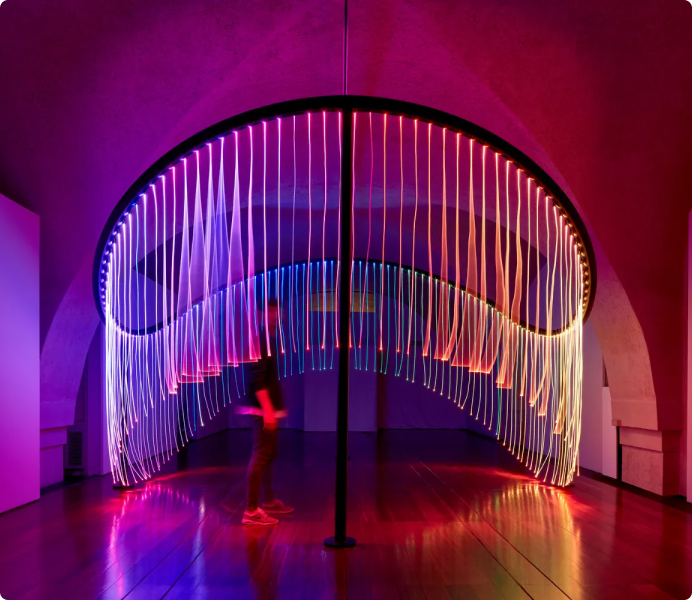
Art Asia Pacific, Hong Kong
25 Oct 2024
















































